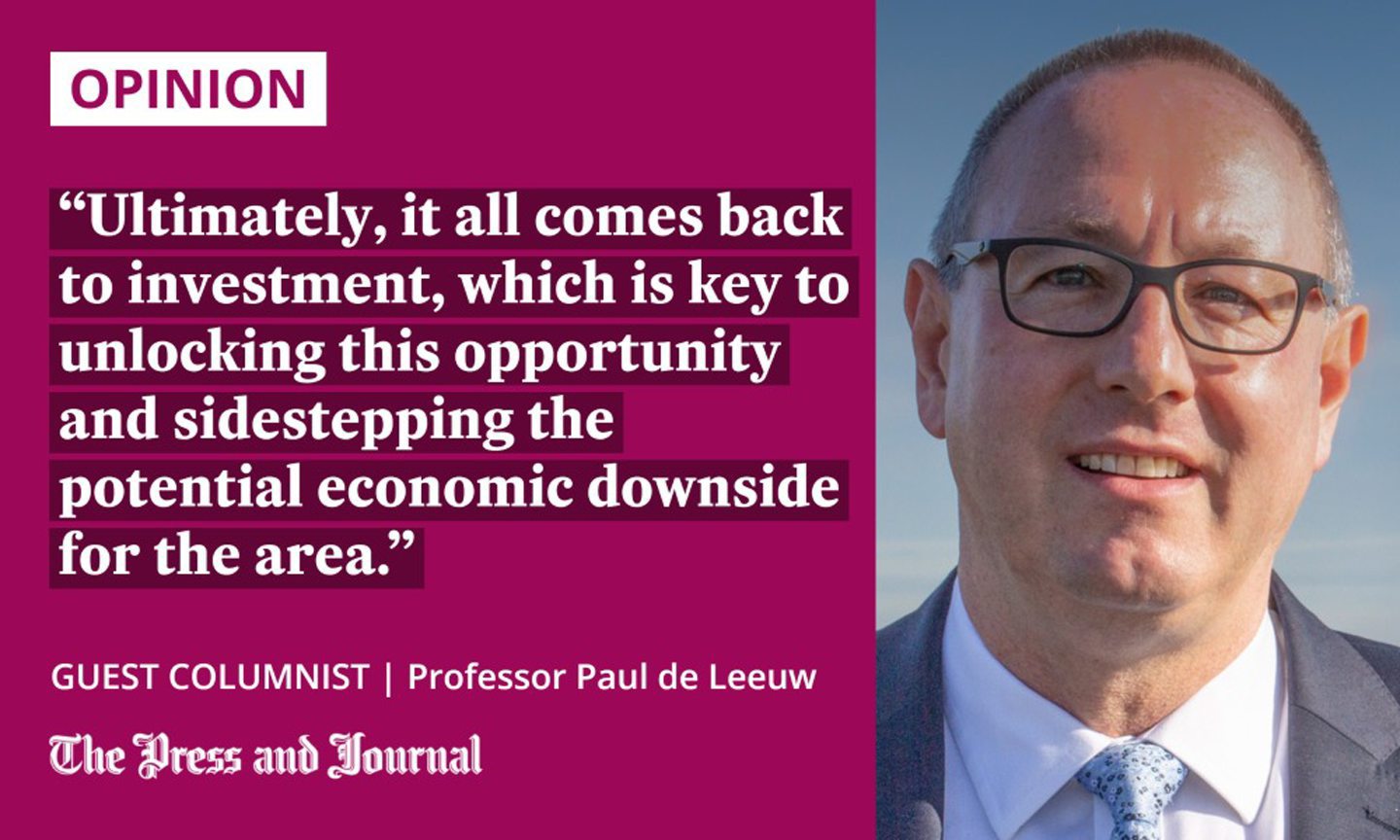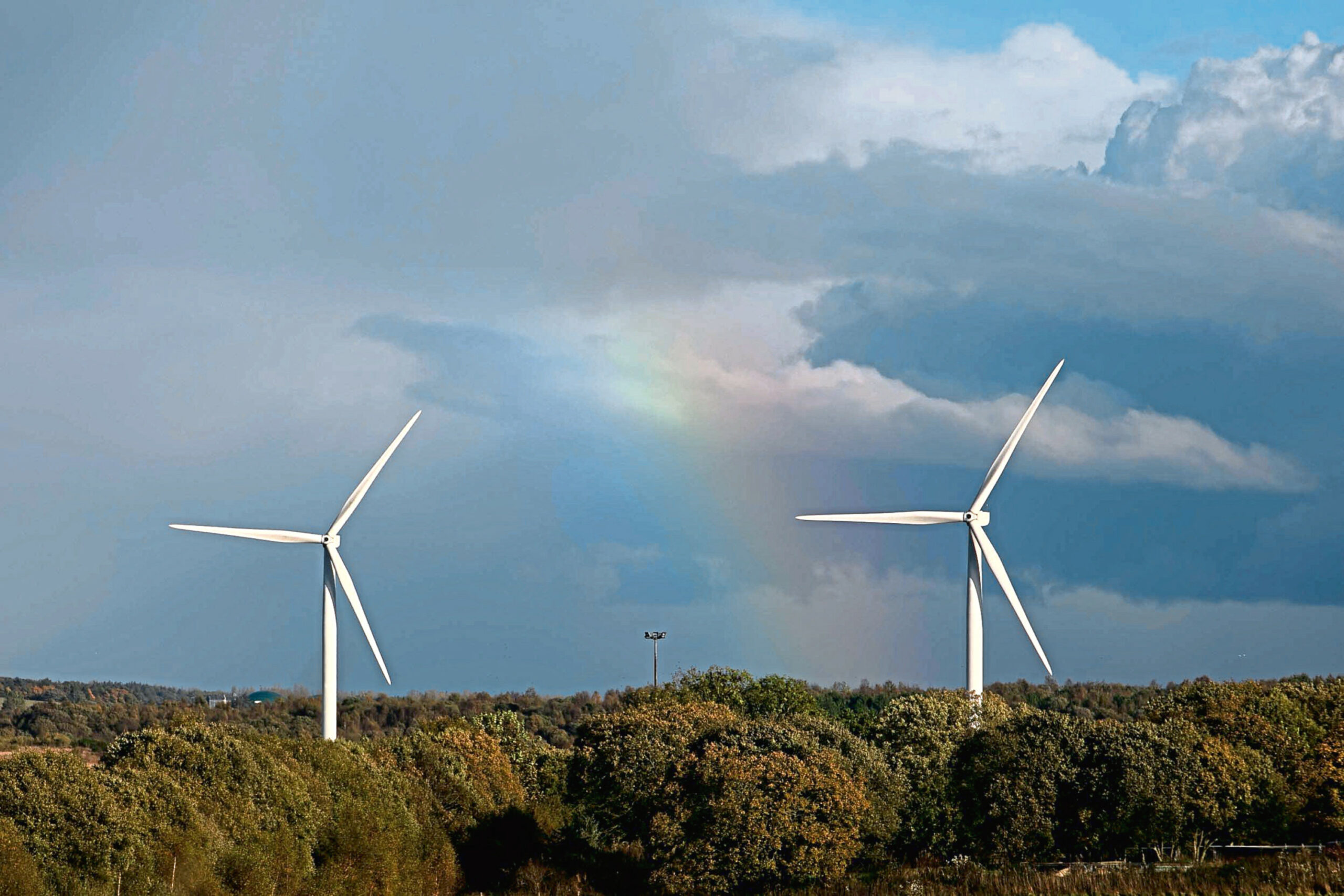The harsh realities of the cost of living crisis, global energy security concerns, the impact of the war in the Ukraine, and the climate emergency continue to create shockwaves across the world.
While the UK is left considering what a sustainable future holds, the prospect of change has never been more apparent in the north-east of Scotland, as its oil and gas sector undergoes significant transformation in the drive to net zero.
With around one in three people in the north-east employed in or supporting the offshore energy industry, the sustainable future of the region’s economy is directly linked to its ability to address the issues associated with energy security and climate emergency, as well as to capitalise on the opportunities associated with the energy transition.

Against this backdrop, Robert Gordon University’s Energy Transition Institute published its “Making the Switch” report in May 2022. The report describes the future shape of the energy workforce in the north-east, and highlights a “win-win-win” scenario – if the region attracts levels of investment in renewables that match its status as the UK’s largest offshore energy hub.
The size of the prize for the area is self-evident in some of the headline findings of the Making the Switch review. Attracting £17 billion of additional renewables investment to the region between now and 2030 will sustain a workforce of 54,000 people – 9,000 more than the local industry’s employment levels of close to 45,000 in 2021.
That will genuinely position the north-east as a global energy hub, leading the pursuit of the Scottish and UK net zero strategies. That’s because around 60% of those 2030 jobs are projected to be in the renewable sectors.
More modest ambitions, however, will have a negative impact on employment numbers in the industry. They could fall to as low as 28,000 by the end of the decade, if capital investment in local manufacturing, installation, commissioning, and operational capabilities falls short of expectations.
Investment and training are key
The north-east can certainly make a compelling claim that, after more than 50 years of oil and gas exploration and production, it is the natural home for much of the planned transition activity. It has an established, world-class supply chain, globally recognised universities and, critically, hosts the largest energy skills cluster in the nation – one that constitutes more than a quarter of the UK’s overall offshore energy workforce.
Many developments being planned today are only likely to come to fruition in the years after 2025
This expertise positions the region well for the opportunities associated with the renewables sector. More than 90% of people working in the industry today have medium to high skills transferability to adjacent sectors. All of which serves to make clear the key steps necessary over the coming years, if that global hub status is to be realised.
First, we need to sustain oil and gas workforce levels over the next five years to ensure the requisite skills pool is there as renewables grow in prominence. Given the expected lead times for renewables activities, many developments being planned today are only likely to come to fruition in the years after 2025.
Second, those developments – in the north-east and elsewhere – do need to be taking shape soon if net zero ambitions are to be realised; the recently-published British Energy Security Strategy envisions 50 gigawatts (GW) of installed offshore wind capacity, 10GW of hydrogen generation, and up to 30 million tonnes of annual carbon capture and storage by 2030.
Large scale investment in the region, including in the Energy Transition Zone, a new green freeport, in new technology and innovation, and into new renewable clusters, will be critical for sustaining global energy hub status.
Finally, targeted and properly resourced training and skills development will be key in helping people to transfer, or in supporting new talent. The review estimates that, between now and 2030, close to 14,000 people currently working in oil and gas in the north-east will need to move into renewables, and up to 16,000 new people will need to enter the renewables arena, as part of the best-case scenario.
Energy industry is at a crossroads
A strategy that embraces all these drivers could mean everyone’s a winner. The workforce wins, with a diverse range of new, long-term opportunities in new sectors where current skills are largely applicable. The region wins, with the industry that has underpinned its prosperity for over half a century protected.
Choosing the wrong route might see the region suffer the sort of decline experienced by former coal and steel communities in the 1980s
Ultimately, it all comes back to investment, which is key to unlocking this opportunity and sidestepping the potential economic downside for the area. Governments, industry, and the education sector all have a central role to play in converting these possibilities into reality, through a coordinated strategy that ensures the right things are done at the right time.
The first line of the review states that the energy industry in the north-east is at a crossroads. Choosing the wrong route might see the region suffer the sort of decline experienced by former coal and steel communities in the 1980s.
However, if we take the right path, we’ll embark on a journey towards a successful and sustainable future.
Professor Paul de Leeuw is director of the Energy Transition Institute at Robert Gordon University (RGU)




Conversation